When traveling Highway 49 in Stewart County between Bear Spring and Tennessee Ridge, you might not realize that you’re traveling on an old railroad bed.
Iron production became an important industry in Stewart County in the mid-1800s, lasting until the early 20th century. Several furnaces were built up and down the Cumberland and Tennessee Rivers, taking advantage of the abundant timber and hematite used to produce iron.
Transportation of goods proved to be tricky for some of these furnace operations since many were not near railroads or rivers. Bear Spring Furnace and the furnace at Carlisle were close to the Cumberland River, but coveting eyes were on the L&N Railroad in Tennessee Ridge about 15 miles south.
The owner of the furnaces and the thousands of acres surrounding them decided to create a new company to construct a railroad spur. The line would be known as the Tennessee and Cumberland River Railroad.
In the late 1890s, efforts began on the 15-mile railroad spur to serve the Carlisle and Bear Spring furnaces. Some of the materials used to build the railroad were free – such as slag from the furnace. The slag, a hardened byproduct of creating iron, was used as ballast (or the gravel between the ties and rails) for the railroad.
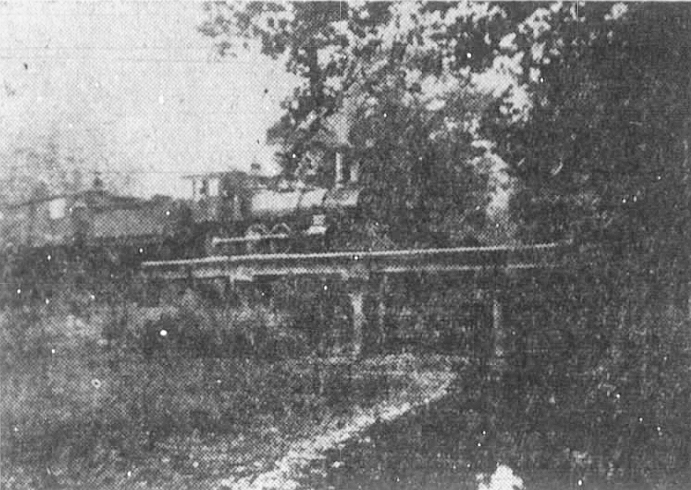
Over 300 men were employed at Bear Spring alone during this time and economic activity was growing. The railroad spur would create an easier way of transporting supplies to and from the main L&N line at Tennessee Ridge. The line would also connect this part of Stewart and Houston counties with “the outside world”, allowing passengers to easily travel there and back.
The Tennessee and Cumberland River Railroad opened to much fanfare on April 28, 1898, with about 400 people witnessing the first train. Newspaper accounts praised the new line, calling it one of the finest railroads in the country and up the strictest standards found along L&N’s railways.
In 1903, the Clarksville Leaf-Chronicle reported the railroad business was “exceptionally good” with constant improvements being made. The article mentions the company was even building their own railroad cars in their shops at Bear Springs. In 1911, the railroad had an assessed value of $14,625, or about $425,000 today.
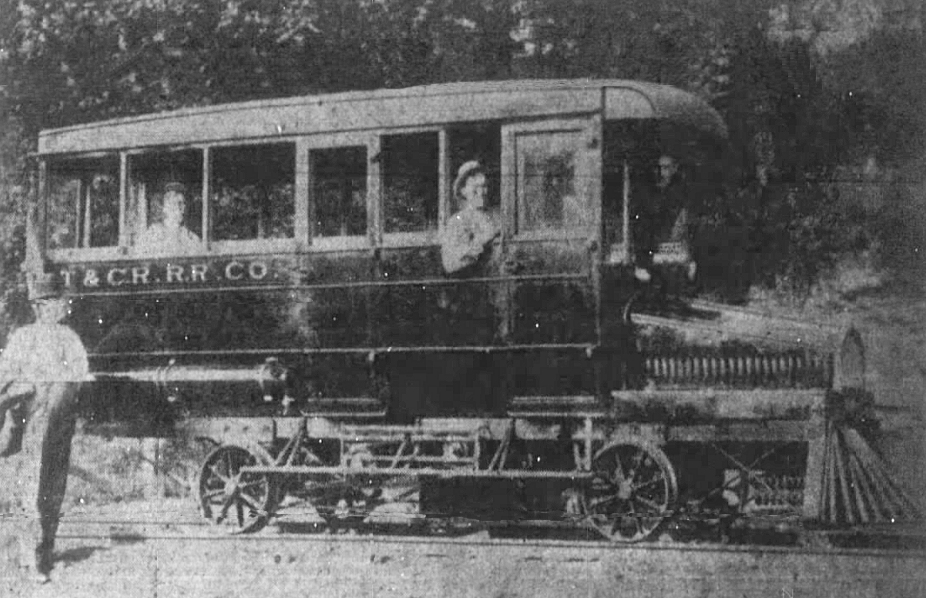
As the years went on and local iron production became less profitable, the Tennessee and Cumberland River Railroad became too expensive to operate. In 1921, the rails were dismantled along the route, just 23 years after being put into service. The rails were leased from the L&N and returned to them at Tennessee Ridge. The company who operated and leased the Bear Spring and Carlisle furnaces were planning to haul their goods with motorized trucks, which was a relatively new concept in the 1920s.
Stewart County improved the roadway in 1924 for automobiles, making it the most heavily traveled highway between Clarksville and Dover (US 79 / Tennessee 76 didn’t exist yet). The State of Tennessee shortly took over the route, enhanced it and marked it as Tennessee 49.
Virtually nothing remains of the old Tennessee and Cumberland River Railroad today. Even the mainline L&N Railroad in Tennessee Ridge disappeared 40 years ago. It’s likely that slag can still be found along the roadway, with thousands of tons of it used to build up the original railroad over 120 years ago.
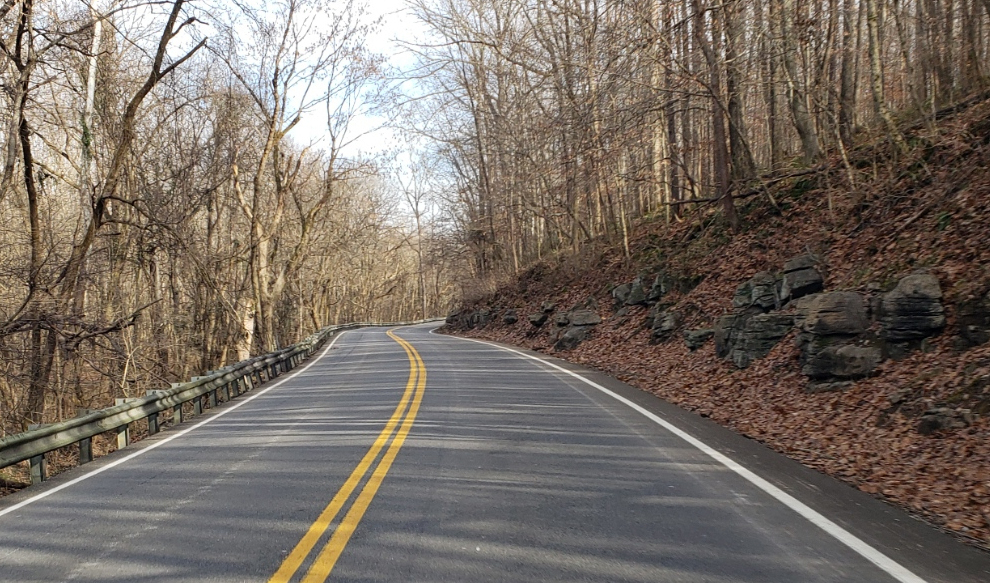
Resources
The Clarksville Leaf-Chronicle Editions:
- April 29, 1898
- July 16, 1903
- September 8, 1928
- September 21, 1939
- February 13, 1954
The Chattanooga Daily Times – April 30, 1911


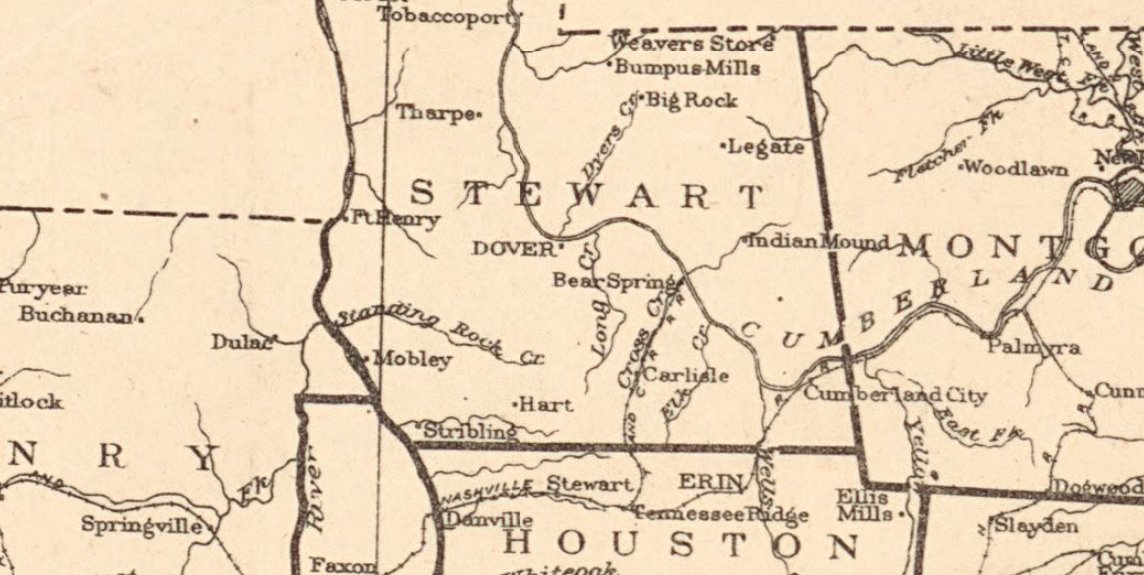
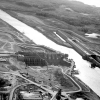
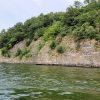
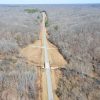
Pingback: Bear Spring Furnace - Four Rivers Explorer
Pingback: Abandoned Cross Creeks Refuge Bridge - Four Rivers Explorer